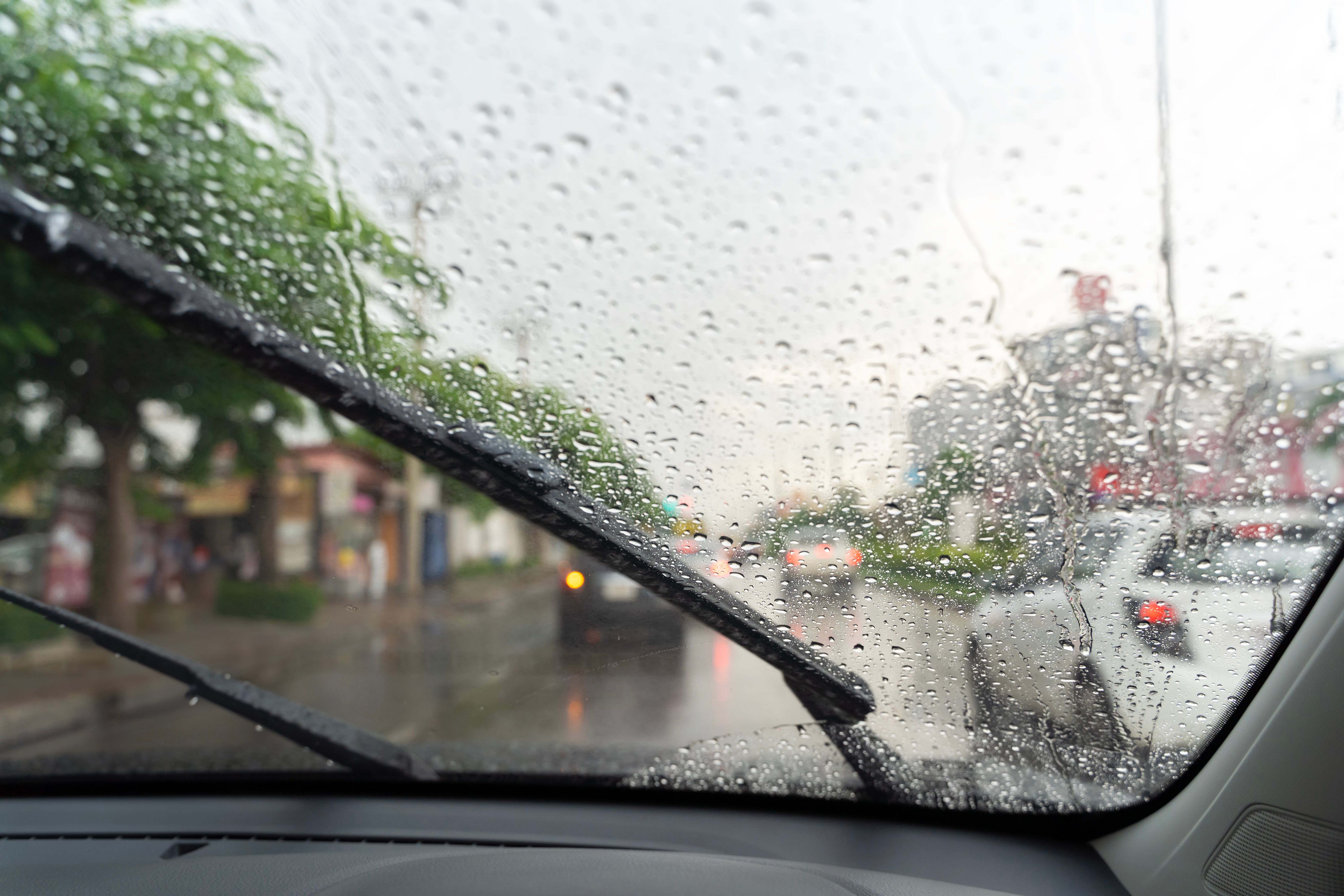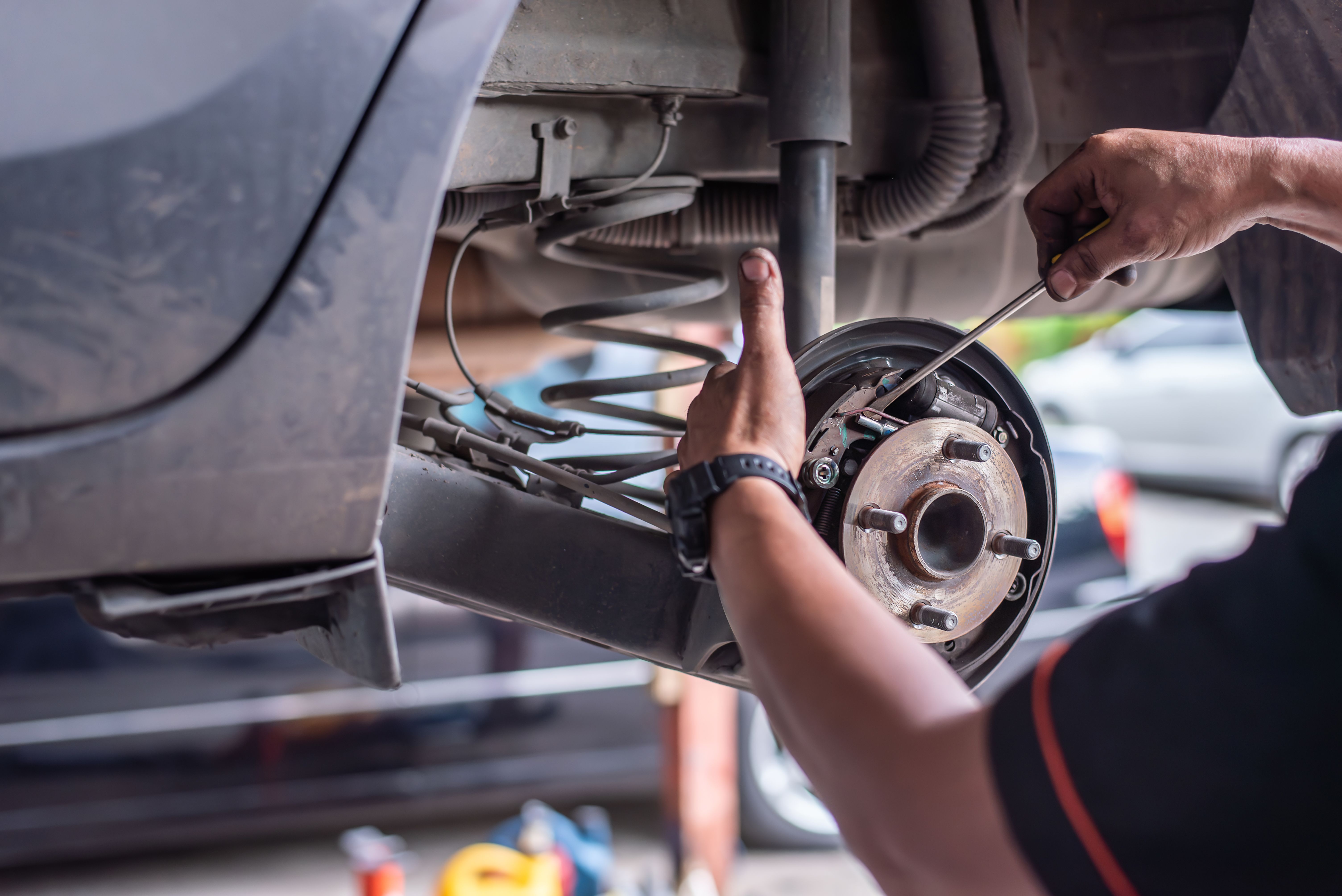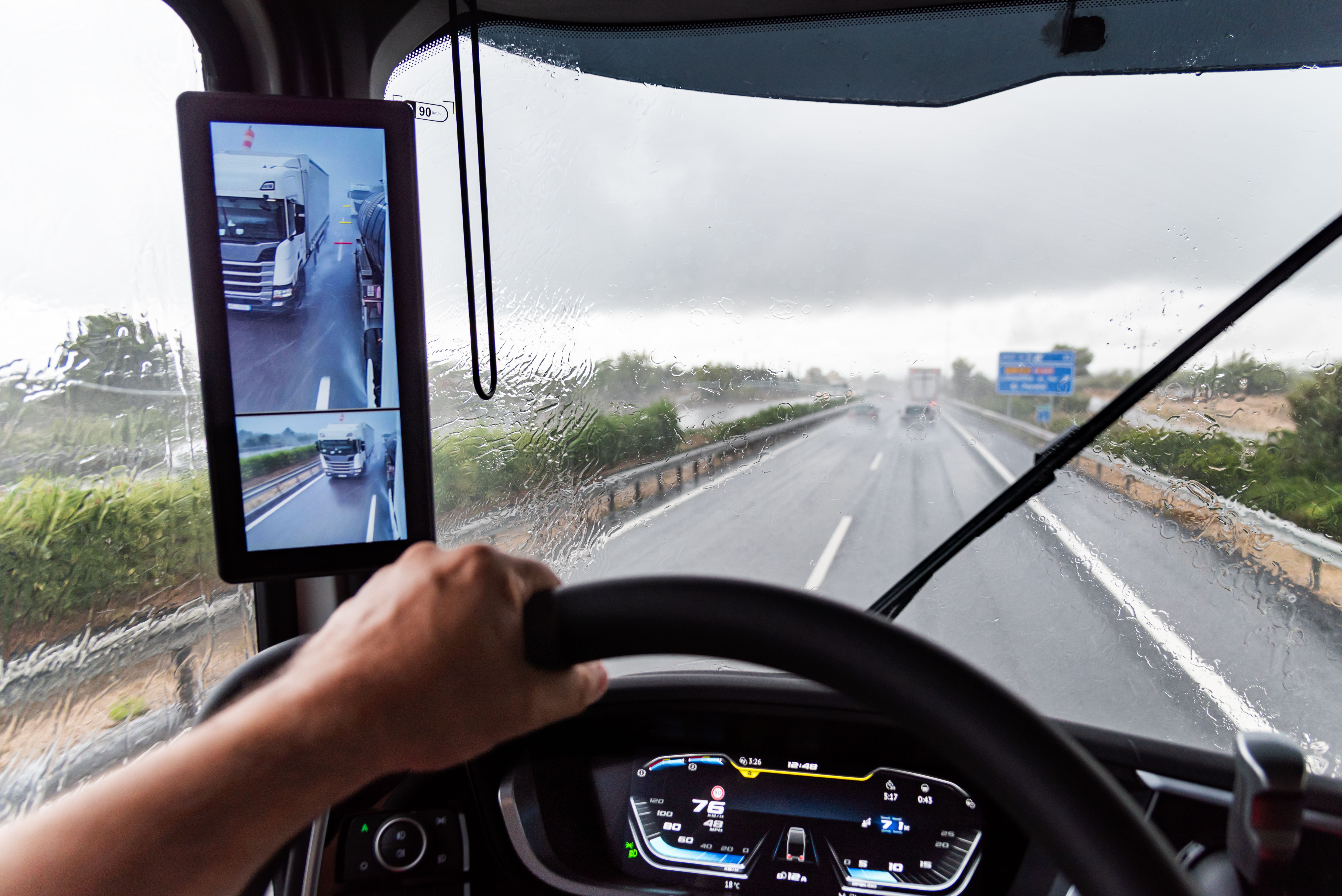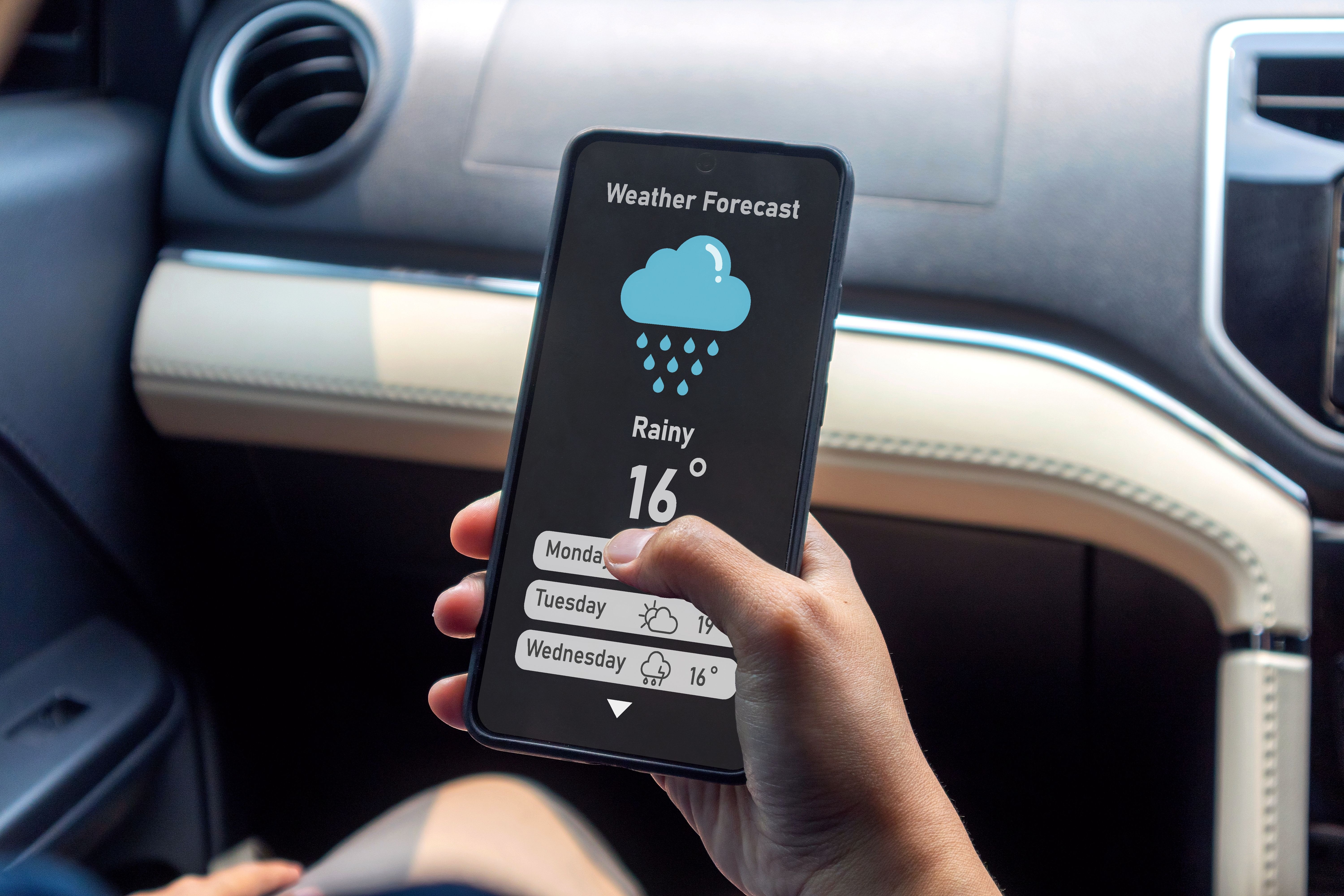Staying Mobile: Transportation Tips for California's Wet Seasons
Understanding California's Wet Seasons
California's wet seasons can be unpredictable, bringing everything from light drizzles to torrential downpours. These weather conditions can have a significant impact on transportation, making it crucial for residents and visitors alike to stay informed and prepared. Understanding the patterns and potential hazards associated with the wet season is the first step in ensuring safe travel.
Typically, the wet season in California runs from late fall through early spring, with the heaviest rainfall often occurring between December and February. During this time, roads can become slippery, visibility can decrease, and the risk of accidents increases. By taking the time to understand these conditions, you can make more informed decisions about your travel plans.

Preparing Your Vehicle for Rainy Days
Preparing your vehicle for the wet season is a key component of staying mobile during this time. Start by ensuring that your vehicle's tires are in good condition and properly inflated. Well-maintained tires provide better traction on wet roads, reducing the risk of skidding.
It's also essential to check your windshield wipers and replace them if necessary. Clear visibility is crucial during heavy rain, and worn-out wipers can hinder your ability to see the road. Additionally, ensure that your headlights, taillights, and brake lights are functioning correctly to maximize visibility for both you and other drivers.

Safe Driving Practices in Wet Conditions
When driving in wet conditions, it's important to adjust your driving habits to ensure safety. One of the most critical tips is to reduce your speed. Wet roads can be slippery, increasing stopping distances and making it harder to control your vehicle. Slowing down gives you more time to react to any sudden changes in traffic or road conditions.
Avoid sudden movements such as sharp turns or abrupt braking. Instead, apply gentle pressure when accelerating and braking to maintain control over your vehicle. Additionally, increase the distance between you and the vehicle ahead to allow for extra stopping time.

Alternative Transportation Options
If driving in wet weather seems daunting or unsafe, consider alternative transportation options. Public transportation can be a reliable choice during the wet season. Buses and trains are often equipped to handle inclement weather and can provide a stress-free way to reach your destination.
Another option is carpooling or ridesharing services, which not only reduce the number of vehicles on the road but also allow you to share travel responsibilities. This can be especially beneficial if you're not comfortable driving in wet conditions or if you want to minimize wear and tear on your own vehicle.
Staying Informed About Weather Conditions
Staying informed about current weather conditions is crucial for making safe travel decisions during California's wet seasons. Utilize weather apps and local news sources to receive real-time updates about rain patterns, storm warnings, and road conditions.
Many navigation apps also offer features that alert you to traffic delays and hazardous conditions caused by weather changes. By keeping yourself updated, you can plan your routes accordingly and avoid areas that are particularly affected by heavy rainfall.

Emergency Preparedness for Wet Weather Travel
Lastly, it's wise to be prepared for emergencies when traveling during the wet season. Keep an emergency kit in your vehicle that includes essentials such as a flashlight, first-aid supplies, blankets, and non-perishable food items. Additionally, having a fully charged phone and a car charger can be invaluable if you need assistance or directions.
Remember to also carry an umbrella or raincoat for unexpected downpours when leaving your vehicle. These small preparations can make a significant difference in ensuring your safety and comfort while traveling during California's wet seasons.
